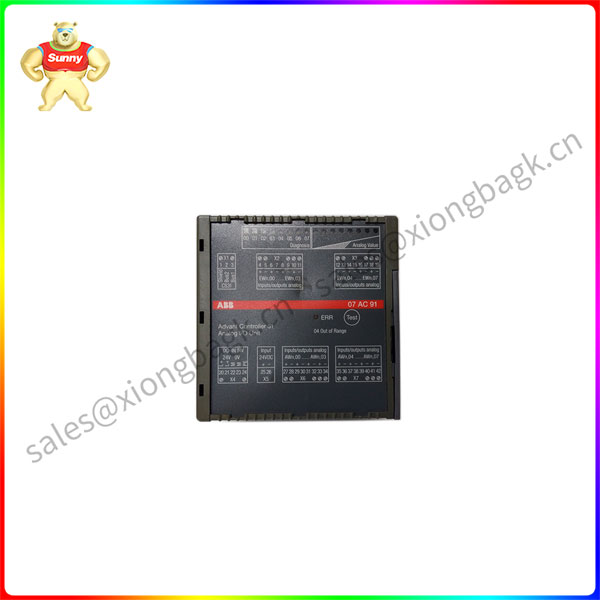In the digital age, the software and information technology service industry has entered a critical period of integration and innovation and rapid iteration. The software industry is redefining services and, catalyzed by a number of factors, bringing about multi-dimensional and deep changes in all areas of society.
In fact, thanks to the vast domestic market and a large number of consumer groups, China’s application technology field has developed rapidly, and has formed a global Internet giant. But when people are addicted to the industrial Internet, AI, and big data to promote the transformation and upgrading of the manufacturing industry, few people realize that if you pick apart the layers of clothing in these fields, you will find that the core is industrial software.
The recent “Matlab ban” incident has sounded the alarm that industrial software is “stuck”, and autonomous controllable arrows are on the horizon, and the development of the entire basic software field has received special attention from the market.
Industrial pattern: Foreign companies monopolize the basic software field of industrial software localization is a long way to go
Industrial software is the foundation of modern manufacturing industry and the link between traditional industrial production and modern information technology. As the bearer of intelligent manufacturing, industrial software digitally expresses industrial processes, opens up various production links, and realizes the optimization of processes and management. At present, the global industrial software market is huge, and the revenue of industrial software products in China in 2019 was 172 billion yuan, an increase of 16.45% compared with 2018. From 2012 to 2019, the compound annual growth rate of China’s industrial software product revenue was 20.34%. China continues to outpace the global industrial software market.

07AC91-GJR5252300R0101
However, from the global point of view, China’s industrial software market size is only about 5.5% of the world, while China’s industrial product accounted for more than 20% of the global proportion, it is not difficult to find that the development of China’s industrial software industry has failed to match the process of industrial development.
According to the view of the West China Securities Research report, this is mainly due to the long-term monopoly and blockade of the relevant technologies and standards of the IT basic industry in the United States, resulting in the global IT basic industry struggling to survive in the gap between the suppression of the US giant enterprises. Especially in the field of basic industrial software such as CAD and EDA, there is a huge gap between China and the United States in terms of technology and industrial support.
According to the application level and product versatility of industrial software, industrial software can be divided into three categories: design software, platform software and special software.
Among them, the design software: mainly includes CAD (computer-aided design), CAE (computer-aided engineering), CAM (computer-aided manufacturing) three parts, respectively for drawing design, physical design, processing design three links. Anxin Securities research report believes that CAD software has the strongest versatility and the most mature products; CAE software is the most hardcore, the highest technical content of products; CAM is the closest to actual production and is more deeply bound to hardware products.
Platform software: mainly includes PLM (Product life cycle management), MES (Manufacturing execution system) two parts, respectively for product life cycle management and product manufacturing process management. Essence Securities analysts said that at present, the domestic platform software has the participation of traditional manufacturing giants, industrial design software leaders, ERP and other management software manufacturers, showing a “three-legged” competitive pattern.
Special software: refers to the special design and management software for specific industrial segments in industrial software. At present, there are special industrial software in the two major fields of construction and electronics, namely BIM (building information) and EDA (electronic design automation), mainly for the information industry of the construction industry, chip design and other specific industrial fields. The special software itself is in a highly non-standardized industry, with a high moat to ensure its stable operating ability, and the industry’s favorable conditions to provide a long-term development engine.
 中文版
中文版




